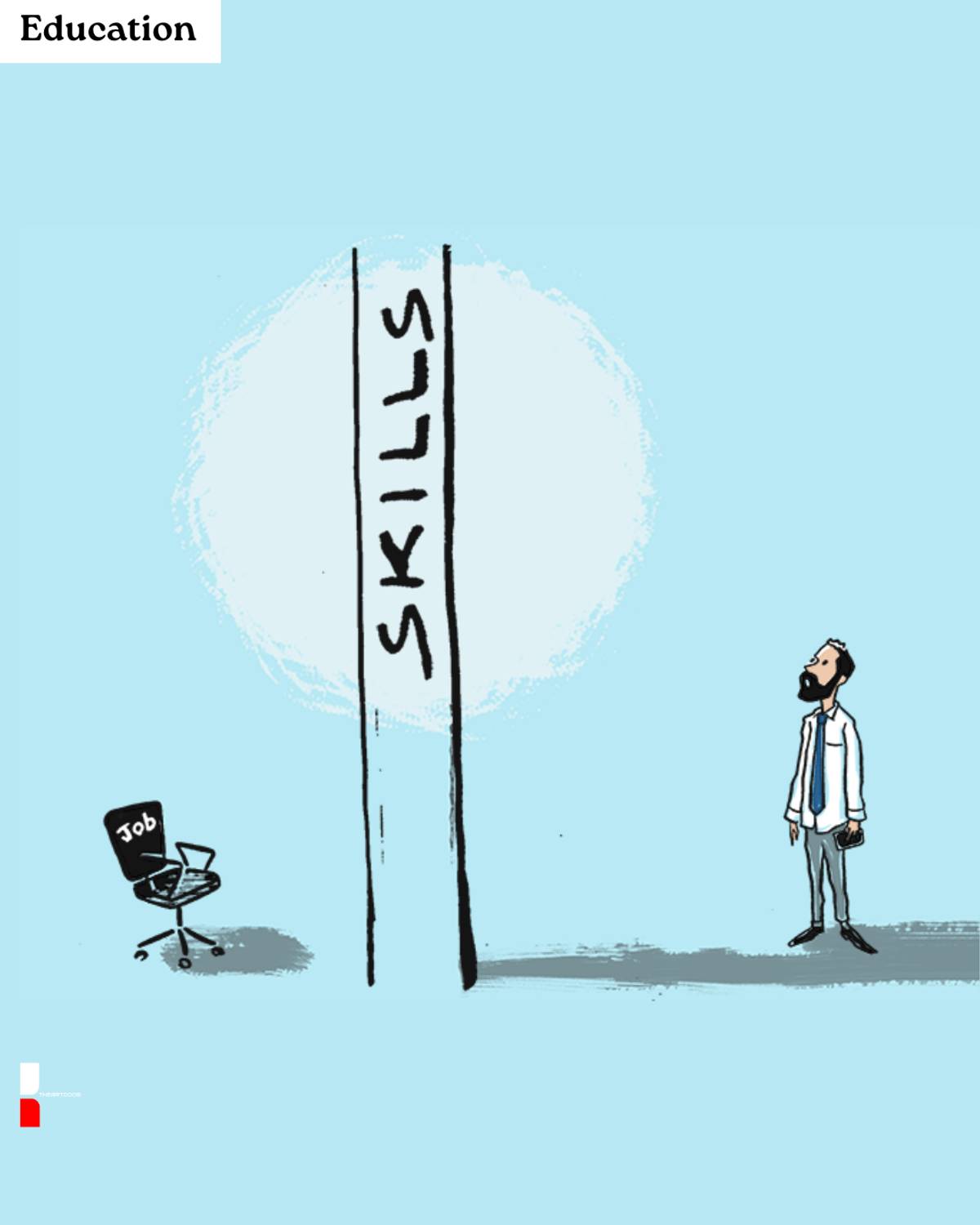Balanchine’s Protege, John Clifford, Discusses the Arts in the United States
By Ariel Rose | Editor in chief: Adrienne Carter
ShareART & AUDIENCE: Cutting arts in the classroom risks “Dulling our Democracy”, warns veteran choreographer John Clifford.
Sceptics predicted a scandal in 1974 when American choreographer John Clifford choreographed and staged a fully nude Adam and Eve ballet (even though there had already been fully nude ballets in Europe and on Broadway). However, box office lines snaked around a Los Angeles theatre, and patrons who came for the shock, stayed for George Balanchine’s Concerto Barocco. Half a century later, Clifford believes the lesson is unchanged: give audiences an accessible reason to walk through the door and then invite them in deeper, and educate them.

John Clifford with George Balanchine Photo: New York Times
“Meet them where they are, then nudge”, he told 1O1 Square.
Yet Mr. Clifford fears the United States is eroding the on-ramp that leads to this nudge, by squeezing arts education out of public schools. “It’s stupid and counterproductive not to make arts mandatory,” Clifford says, citing neuroscience research, which shows art programs for children, such as group dance or ensemble‑music training, strengthen attention, language, and social skills. A 2008 report from The Dana Foundation on Arts and Cognition, organized by Michael Gazzaniga, Ph.D., shows specific links between early arts study and executive‑function gains which transfer to reading and math

UW Madison Students. Photo: Jack Ecke
A Growing Gap
Since 2001, U.S. federal data shows the number of elementary schools offering dance and drama has fallen below four percent. Time spent on music and visual arts has also dipped in school districts facing high‑stakes testing mandates. According to the Education Commission of the States, twenty‑two states now allow students to earn high‑school arts credit through computer coding or other career‑tech electives.
Clifford calls the trend “a slow suffocation”, arguing that young audiences cannot value what they were never taught to appreciate.
These findings show a stark contrast to Finland, where the national core curriculum makes music, visual arts and crafts compulsory through age 16 treated not as enrichment but as basic literacy. South Korea, meanwhile, has turned cultural policy into a soft‑power strategy: Seoul’s Culture Ministry allotted nearly ₩1.5 trillion (US $1.2 billion) to arts and culture programs in 2023, and the quasi‑public Korea Arts & Culture Education Service now operates on a ₩130 billion budget, up fifteen‑fold since its 2005 launch.
Media Monopolies & the “Culture Wars”
Mr. Clifford’s worries extend beyond classrooms and into the media, saying, “If people only hear one drumbeat, they’ll stop asking for another rhythm”. He points to media consolidation, particularly the Sinclair Broadcast Group, which owns or operates 193 U.S. television stations. Sinclair has faced criticism for injecting partisan scripts into local newscasts and shrinking the diversity of cultural coverage as a result.
The choreographer also stressed what he sees as the politicization of flagship arts venues. In February, President Donald Trump dismissed the board of the John F. Kennedy Center for the Performing Arts, installing himself as chairman after railing against “woke” programming “When art is treated like a campaign rally prop” Clifford says, “everybody loses, right, left, and center”.

8:17 PM Mar 6,2025 Kennedy Center Photo: Via “X”
“Hook First, Elevate After”: A Roadmap to Re‑engage Audiences
Clifford’s own career offers a case study in audience development, His approach:
- Blend popular with classical. Early seasons of his Los Angeles Ballet company paired jazz or rag‑time ballets with Balanchine staples and Stravinsky scored modernism. The formula mirrors Balanchine’s own penchant for sandwiching typical marquee titles with experimental works, such as Agon, the 12‑dancer, plot‑free ballet whose 1957 premiere electrified New York critics.
- Nurture in‑house stars. “Personalities sell tickets” Clifford states, arguing that resident dancers cultivate community loyalty and personal connection to audiences more so than “revolving door” celebrity guest artists.
- Protect the balance. Commercial hooks must not overshadow artistic depth. Clifford notes that the Joffrey Ballet’s tour‑heavy 1960s repertoire blurred their core identity by being “overbalanced on gimmicks”.

Miami City Ballet in Agon. Photo: Alexander Iziliaev
Classroom to Civic Life
It is clear that Clifford’s instincts align with data from education researchers. A University of Chicago Consortium meta‑analysis found sustained arts participation fosters empathy, grit, and civic engagement, alongside academic gains. In other words, the very skills needed in democratic societies may be forged in rehearsal rooms as much as in civics class.
But who will pay for that rehearsal time? Clifford proposes a two‑pronged approach:
- Restore a required arts credit in every U.S. K–12 school, funded through the existing Title IV “Student Support and Academic Enrichment” grants.
- Offer a federal “Culture Pass”, modeled after South Korea’s 2024 ₩150,000 voucher for 19‑year‑olds, which lets teens attend live performances and museums free of charge.
Both ideas echo recommendations from UNESCO’s 2024 Arts Education for Sustainable Futures roadmap, which urges governments to treat cultural literacy as a pillar of “social resilience”, rather than a luxury.
Technology: A Tool, Not a Threat
Artificial intelligence and immersive projection can amplify live performance Clifford insists, “as long as they don’t overshadow the live human beings on the stage”. He likens successful integration of technology in the arts, to the orchestra pit microphone: indispensable, and invisible when it works.
The Stakes
For Mr. Clifford, the debate is bigger than box‑office receipts, “History shows it’s easier to manipulate a population that stops asking questions,” he says. “The Arts keep us curious. Lose that, and you dull Democracy.”
With federal budget talks targeting the National Endowment for the Arts and school districts scrambling to close pandemic‑era deficits, the coming months will test whether U.S. lawmakers and local boards agree.
In the meantime, Clifford continues to stage Balanchine repertory for regional companies, insisting on humor in Episodes and electricity in Agon, saying, “If the ballet is alive the audience will be too. The biggest challenge is making sure they ever see one.”

Mr. Clifford bowing with the Bolshoi Ballet after staging 3 Balanchine ballets. Photo: Don Bradburn

Mr. Clifford staging Balanchine’s AGON for the Bolshoi Ballet Photo: Don Bradburn
This article covers arts policy and performance for international outlets.


